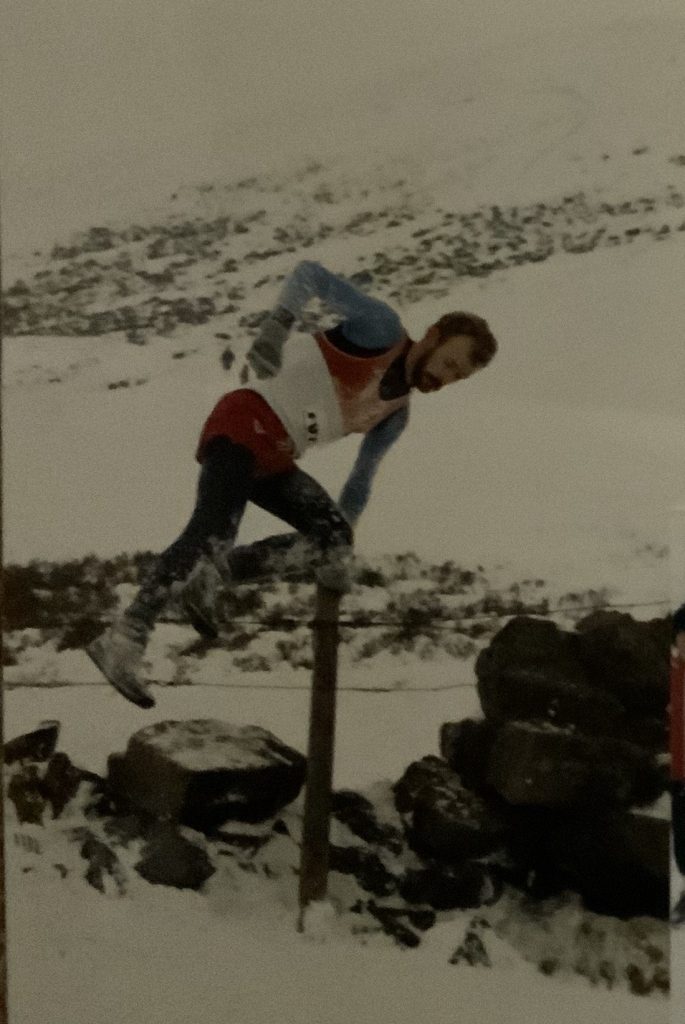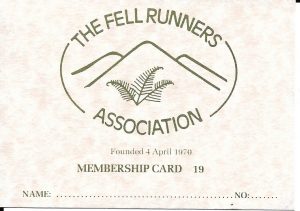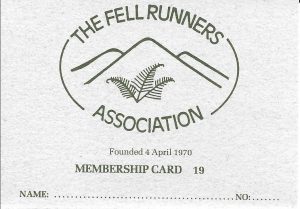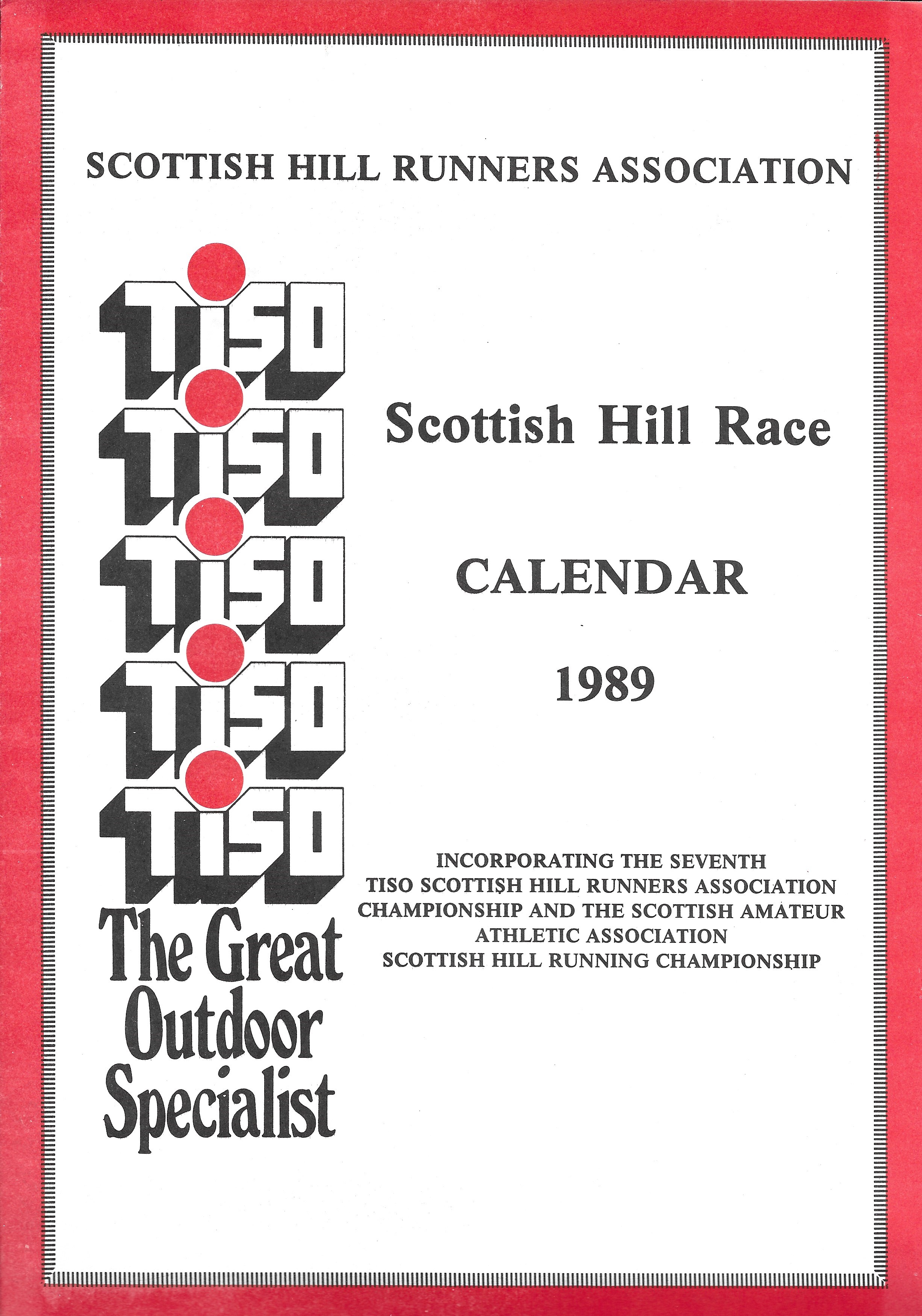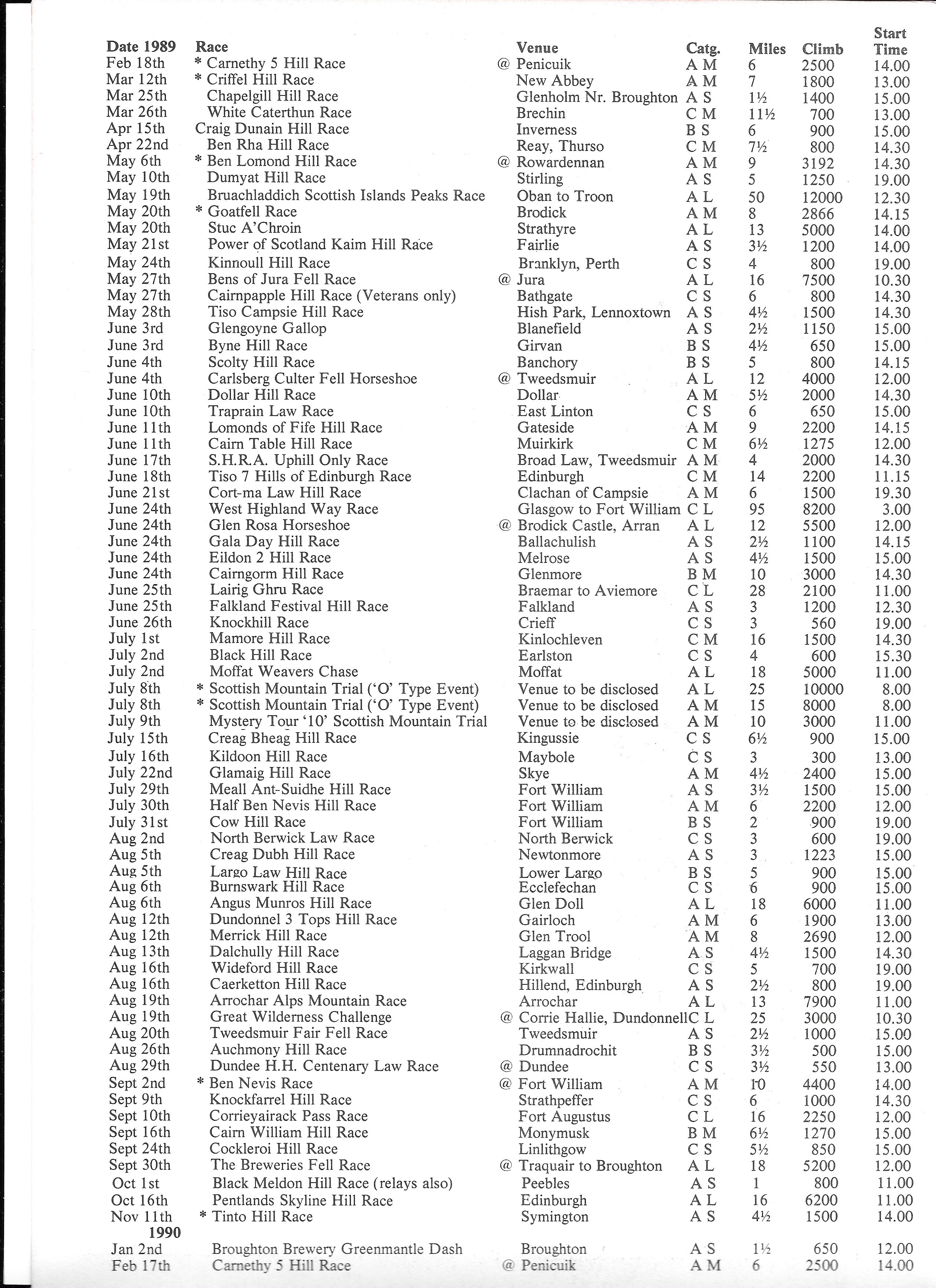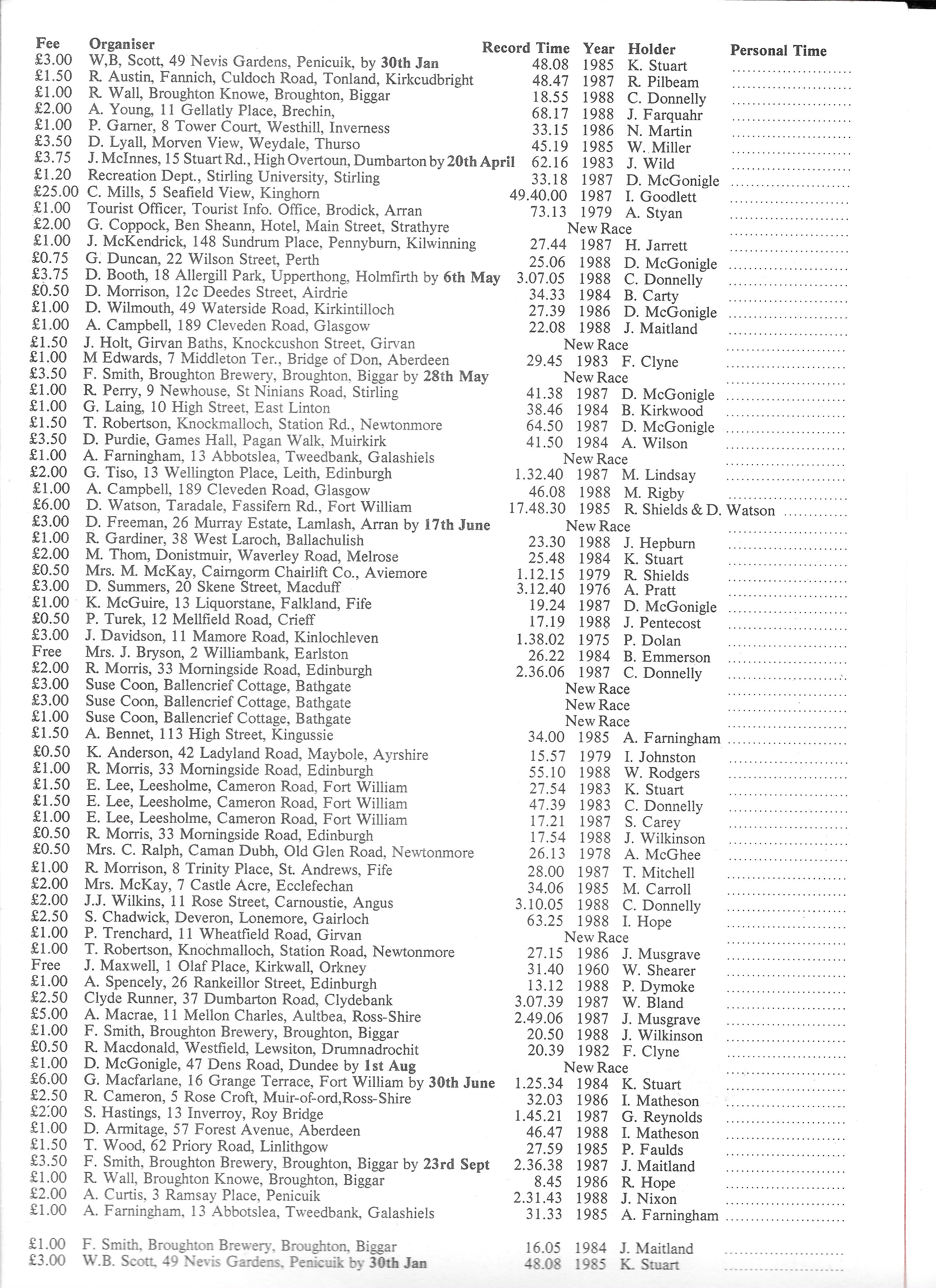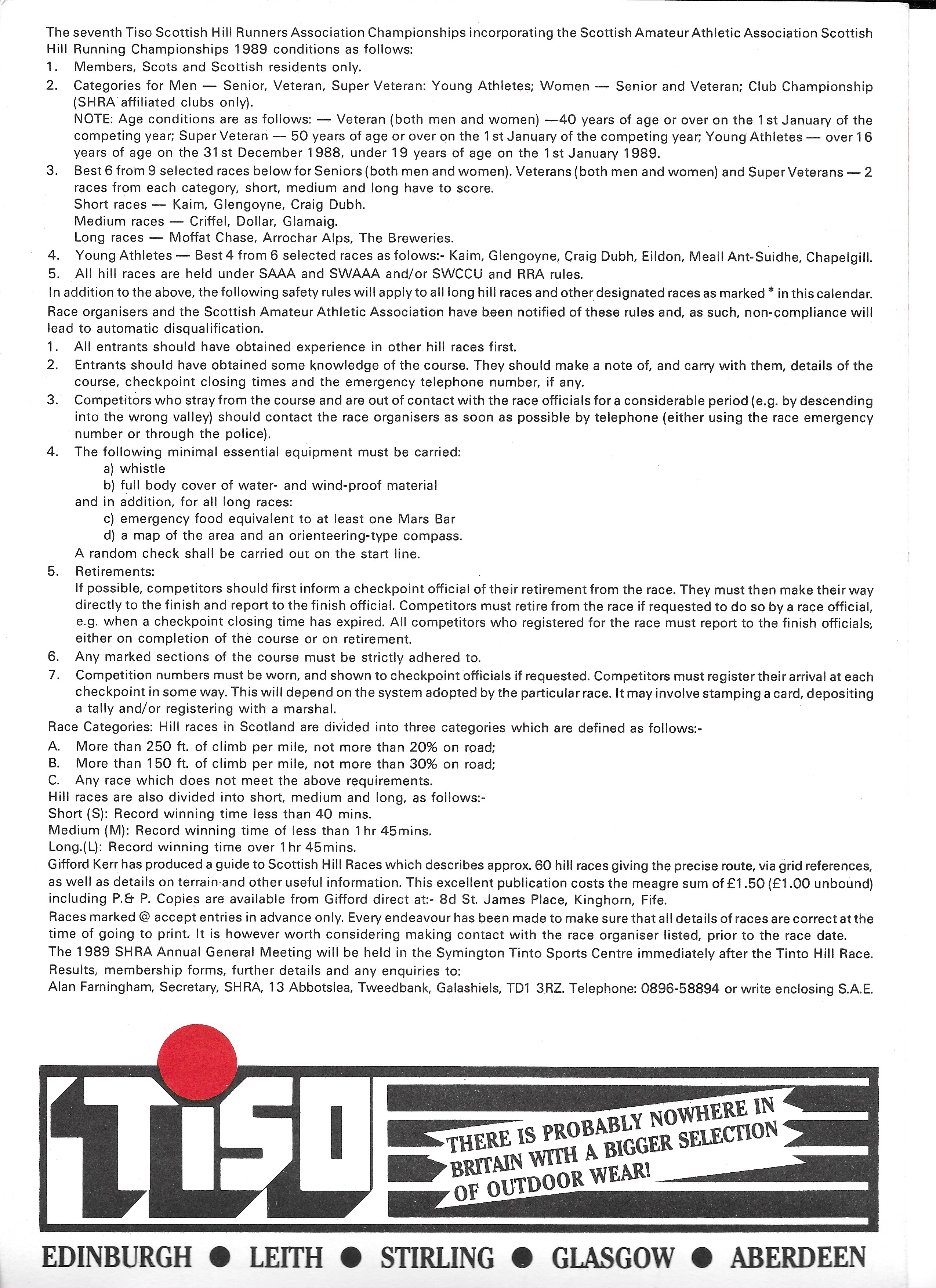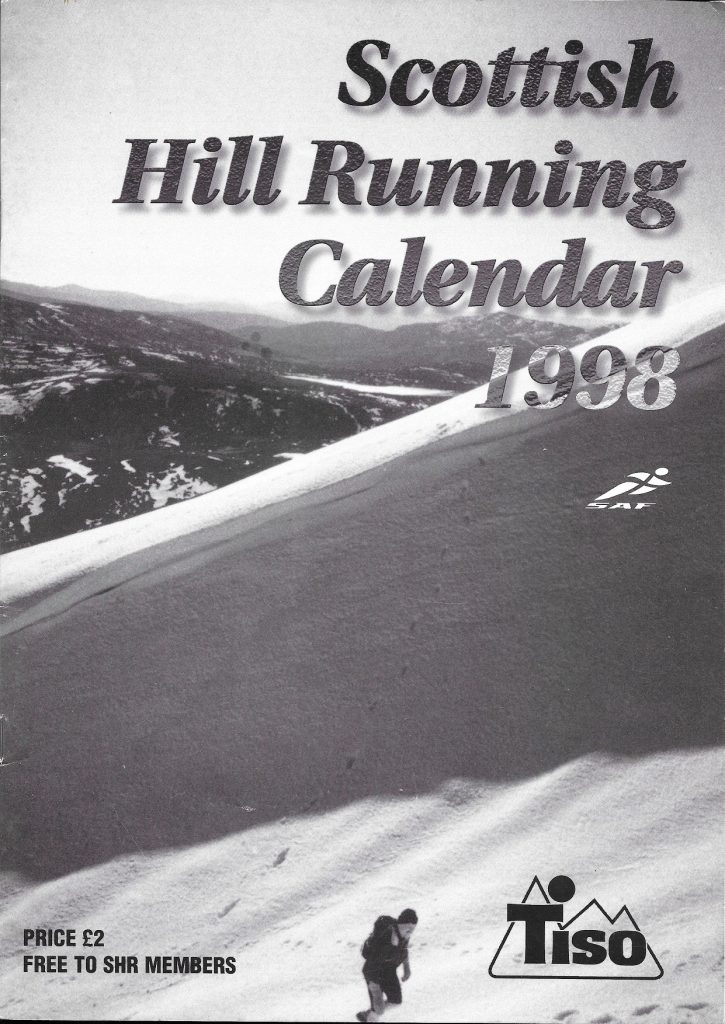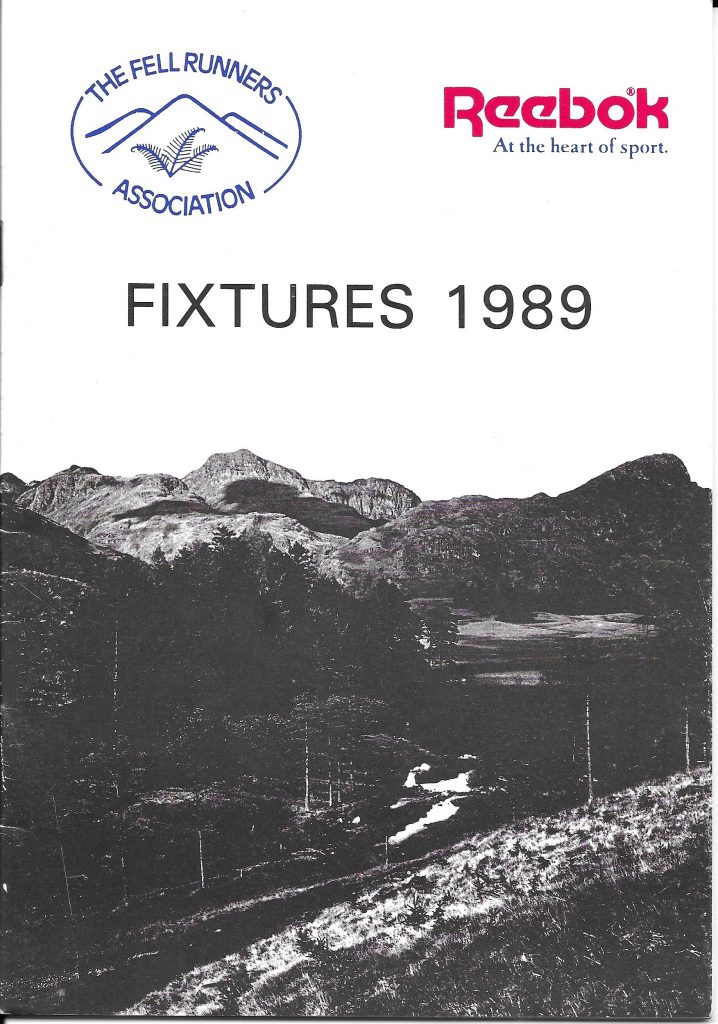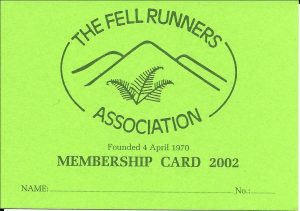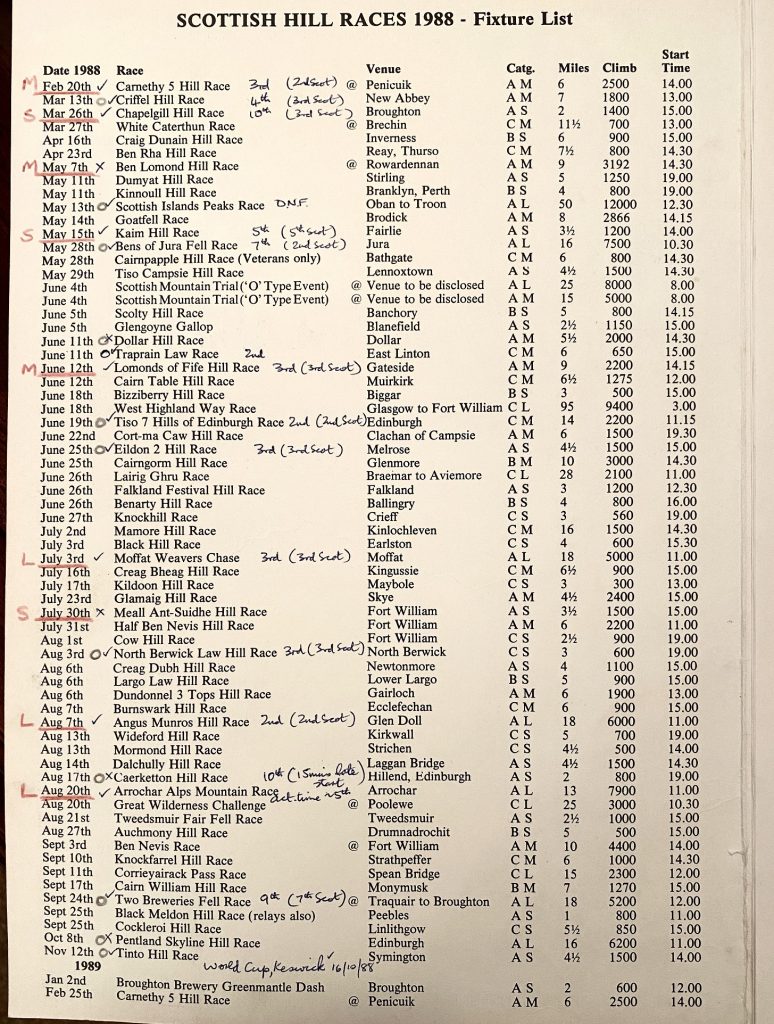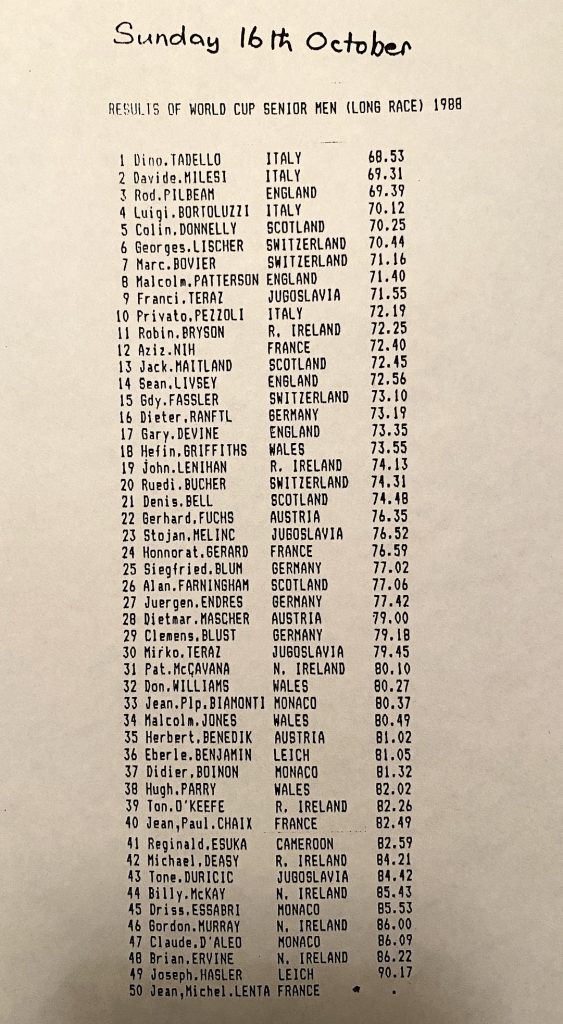There are races all year round for hill runners. When we hear or think of running in the hills what springs to mind are athletes running on green, grassy hills in spring and summer but hills are run in winter too – look at Denis on Carnethy in the snow – and even in spring and summer Scottish weather can produce rain, hail and showers. Even in summer the sun can be so hot that it burns the skin and dehydration is a serious problem. That’s not all the time but these are all eminently possible whenever the race takes place. And if you’re prone to sea sickness, don’t tackle the Island Peaks Race. The skills required to be a successful or even competent hill runner are many. How does a hill runner’s year look? Does it aim for a single peak race, or does it look for a plateau of races through the summer? Do the runners specialise in short, medium or long distance races? Some do but if they want to head for the Championships, then all three types of race have to be tackled. Of course it is always, for even experienced hill racers to lose the trail at some point, and some races require that the runners carry a map and/or compass. This means knowing how to use them as well as carry them. The best way to find out what it is like is to ask a hill runner. With that in mind we asked Denis Bell what the hill runner’s year looked like, and how he went about preparing for it. This what he told us.
The Hill Runner’s Year
There was a serious learning process in my first few years. First year was a lucky start to my career due to my marathon strength and training routines. I also luckily love ‘The Hills’ and slopes up (especially) and down did not phase me. I needed the Race Calendar and that was simply the be-all/ end-all. Of course the huge challenges were family and work pressures and didn’t dare think of illness or injury.
As soon as Calendar was received, I assiduously marked on the Championship races, selection races and internationals. Then I’d ‘back off’ to ensure I had a wee plan to prep myself properly for the 2-3 weeks before each ‘key date = race’. I plugged in classic races whenever I thought they’d help me prepare, or races that I loved and did not want to miss.
Normally for me first race was likely to be Carnethy, mid February (high class, early season classic, very tough ‘medium’ with a huge field and many top class runners [earlier years, from the home nations, in Good numbers!]
My planning focused on the races as Short, Medium or Long.. ‘what could I do to be in best form?’
Shorts are intense and quick. Full blast, needed to have quick legs and good heart lung capacity!
Mediums more about stamina and strategy.. ‘how could I skim an advantage?’ … did I need food or drink?
Longs… big endurance and on the move eat and drink strategy, and possibly mapwork.
So as I planned forward I’d aim to be neither tired nor hurting (muscle shock from descending too hard etc) and nor stale.
I wanted to go at the races confident and fit, and smart… and properly hydrated and carbo-loaded (to me very important at long races). On the critical events I wanted to go in ‘hungry for a race and a good result’!! So I could purposely starve myself of competition to be hungry (but of course I always ‘feared’ being not race-fit! and what my peers were achieving. I rationalised that some could race very regularly and pretty well cope with anything, but I had too many other things to address, and also did get stale, jaded or lost enthusiasm if overloaded. So limited diet and high interest had to be the formula.
My calendar covered about a dozen top level races and another 4,6 or 8 less critical … but part of ‘the plan’…
You’ll note the mid February kick off, but Championship races might not come in until April-May and then tip into a full-on, very tight, week on week calendar….so I had to think how to gap Carnethy to the next ‘key event’ and plan in prep races ( I had to get and keep ‘race fit’).
My training was pretty well week on week as already said, and I balanced speed work, hill reps, sustained endurance and also ‘longs’ … if I got ill (virus, colds) or injured, I had to keep smart, think the wee changes through and get back in the groove, not too soon or too overloaded and end up perpetuating the issues. A key was to never panic, nor compound things by stressing (not easy if big events were looming!) and at times I simply felt, ca’ canny and see what comes..
So review the calendar plan and my ‘form’ almost continuously . I also never dwelt on ‘weaker’ races… if I could pull a wee lesson fine, but always looking forward to the next one (couldn’t undo the last one!). As the year progressed, I had to keep focused on what was still possible and what was looking critical…. I quite often managed to get this focus right, and pretty well knew the strengths and weaknesses of my peers and what they were trying to achieve.
Amongst the stramash, I had usually one, or two, or three key competitors in focus (the year’s results were stacking up and the ‘medals order’ was forming.. it was simply ‘me against them’ in some sense). If there was a clear ‘winner’, then could I squeeze a silver or bronze…? Could I keep form and do well in a selection race for an international chance…? In selection it was very tight… first 2 guaranteed, next 2 (..4 per team) selected by a committee on past form and some discretionary considerations. No chance to slip up.
If selection was achieved this added a dose of ‘compromise’… MUST do best possible and support the team… hoping champs aspirations would not be compromised.
As the year worked forward, intensity and ‘excitement/ pressure’ grew but you couldn’t let this phase you.. step at a time, race at a time… focus focus focus.. stay healthy and strong, try to avoid injury. (at times, training runs were stressful and actually subject to taking on injuries, especially twisted ankles..).
If the international events and champs ‘finalised’ then the pressure was off excepting classic races with peer competitors were also ‘Important’ to me if I had done well or got a vest I was a target for being beaten. I was….
Wind down towards very end of season (Tinto, early November) . then a few weeks off possibly and relax and stay healthy… training runs became far less focused and done as per want and habit.
When’s the next year calendar coming out?
Watch running too lean, tired or stressed and try and get through the Winter strong and healthy.
Happy New Year. Where’s the Race Calendar?”
Any athlete with pretentions to ambition, looks out the race card – the Scottish Marathon club used to issue a small, in your pocket size card with the year’s fistures on it, most clubs did the same. But the fixture lists for the hill runners were much larger, more detailed and put the track and road runners versions to shame. Graham Tiso was the sponsor and for many years the ficture card was an A4 sized four page production that had a front page with some information, then the two inside pages were designed to be spread out on the table and had 13 columns spread before the runner. The one for 1989 is reproduced below – note that races were categorised as A, B or C races, and were also differentiated as Short, Medium or Long, hence the SM or ML or whatever at each race.
The calendar developed over the years and by 1998 it had a glossy cover and ran to 24 pages.
Easy reading it was not! It was however an essential for a sport as technical, as complicated and as potentially dangerous as hill running. Of course reading the above tables at the start of the season was not the only reading and/or studying the hill runners had to do. Most run at least a few races south of the border and so the Fell Runners version had to be taken into the calculations. Their booklet for the same period looked like this –
Smaller in size, it ran to 52 pages of which 26 were race details and information. It meant turning pages forward, and probably back again, or turning back and forth between the same two pages to help decide what race to add to the programme. But it was an add-on to the Scottish version as far as most were concerned. The whole process would probably get the runner a PhD in the 21st century.
How long did it take the athlete to work out the programme? An experienced runner would have a good idea of what the shape of his year would be and approaching the end of the year, in anticipation of the arrival of Tiso’s chart and the others, he’d have been thinking about what changes he’d like to make to last year’s plan. Then it was the same priority as other athletes with championship events being sorted out first, only more complicated because the domestic championship involved races at different distance – Short races were less than 45 minutes but could be as short as 20-25 minutes, mediums were between 45 minutes and an hour and 45 minutes with the longs being over 1 hour 45 minutes although in practice they were rarely less than 2 hours 15 minutes. The next priority for those at the top end was to add in the selection race for the international – for some this would maybe be the first priority. Finally there were the ‘wee’ events that might make useful additions in the gaps between the major objectives. The runner who knew what he was doing after several seasons would find it easier to organise then the newcomer or relatively inexperienced but it was still one of the most important decisions to be taken.
The calendars are above and now the races have to be chosen.
1. There had to be at least six races – 2 short, 2 medium and 2 long.
2. They had to spread so that there was enough recovery time between them.
3. They had to be easily accessible – you will note that the events were spread the length and breadth of Scotland – or somewhere that accommodation was available.
4. And, of course some races had plesant associations from previous years and others were no-nos. Denis’s completed calendar for 1988 is below.
There are nine races marked in red on the left – 3 S, 3 M and 3 L with the dates underlined. That would have been the final decision on what to run. Between the first and second columns in ink all the possible races were marked with ticks for the ‘possibles’ and small circles (wee letter o’s) marking the back-up races. ie races that he enjoyed or races that could be used to keep sharp or to fulfil some other training/racing purpose. Then at the end of the season, actual results were added. Note that, although he did not add the race to the year’s schedule when he made it out in December or January, the World Mountain Running Trial was added.
The work in 1988 was spot on: note the addition at the foot of the page – “World Cup in Keswick, 16/10/88.” You will note from the results extract below that it was a successful year with the attainment of second Scot in that race. The planning had paid off.
